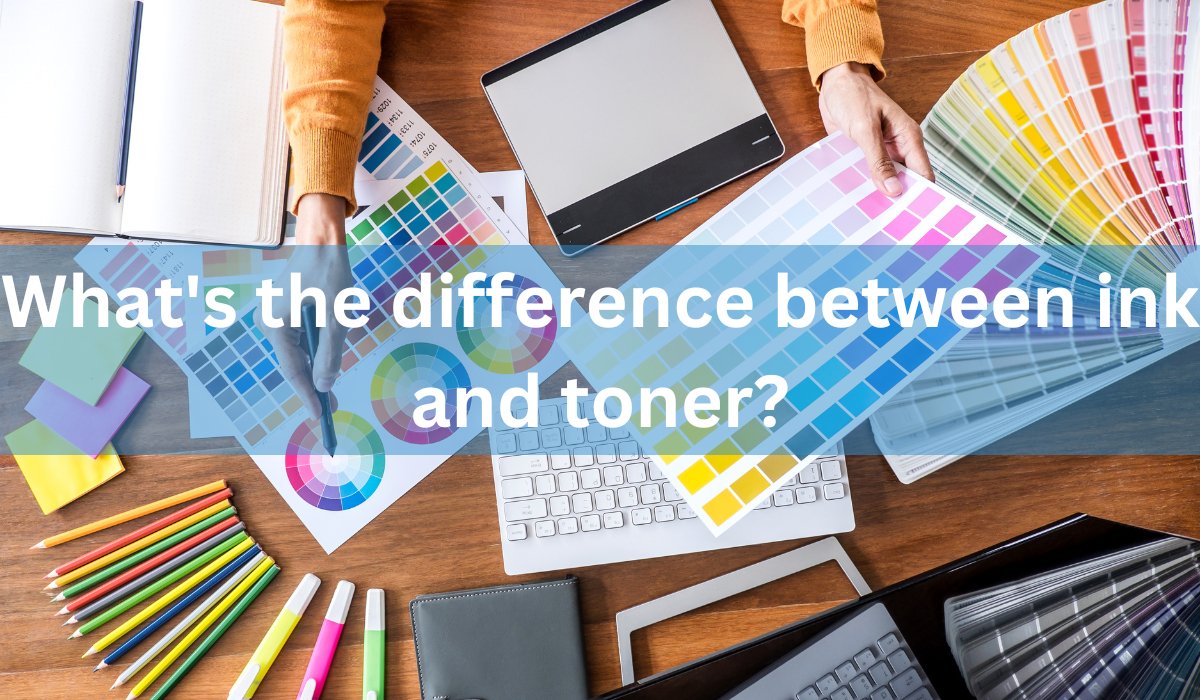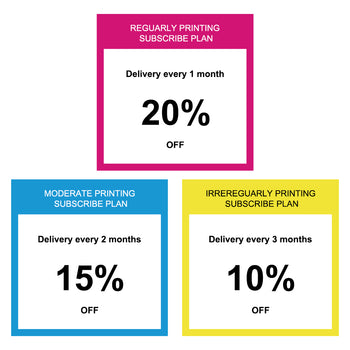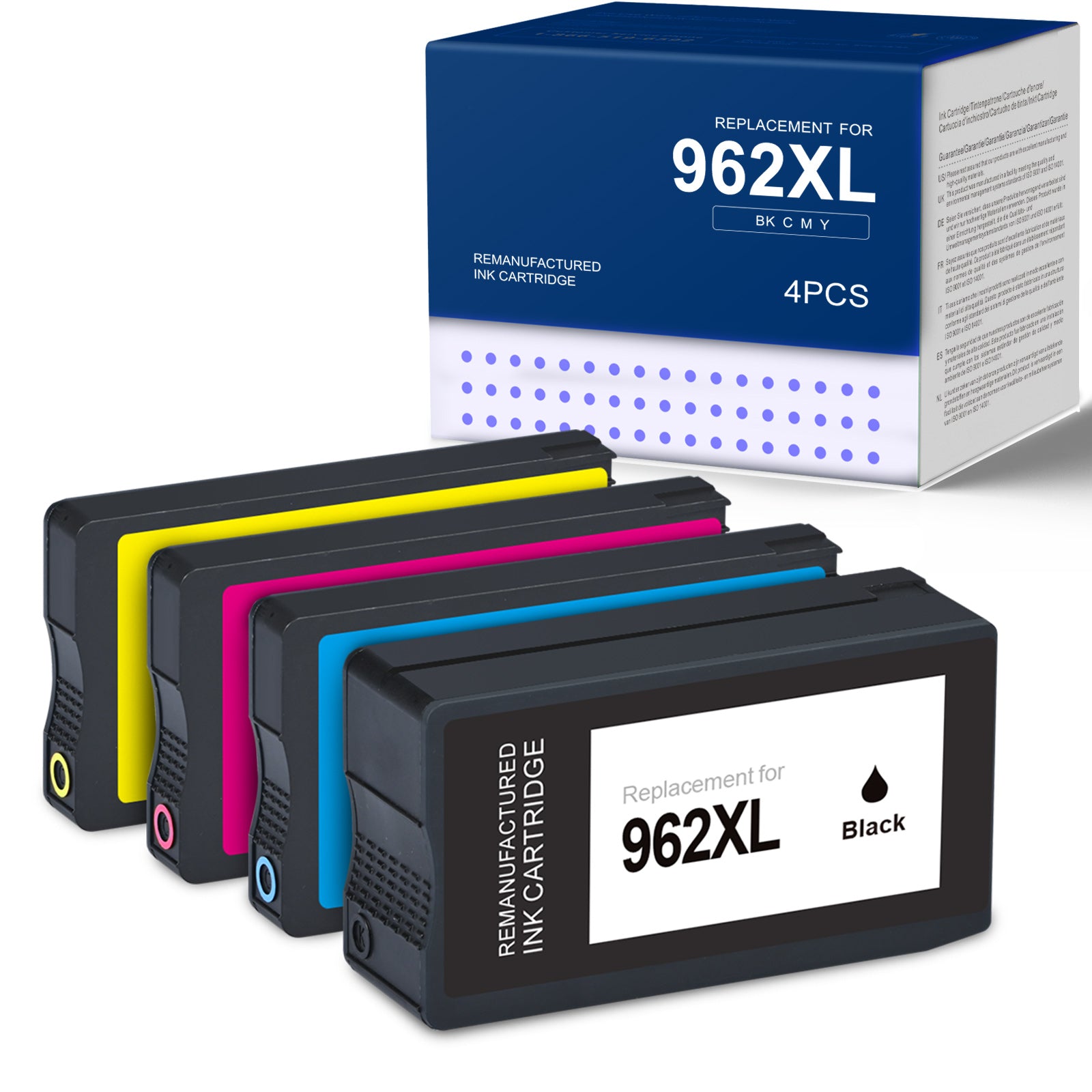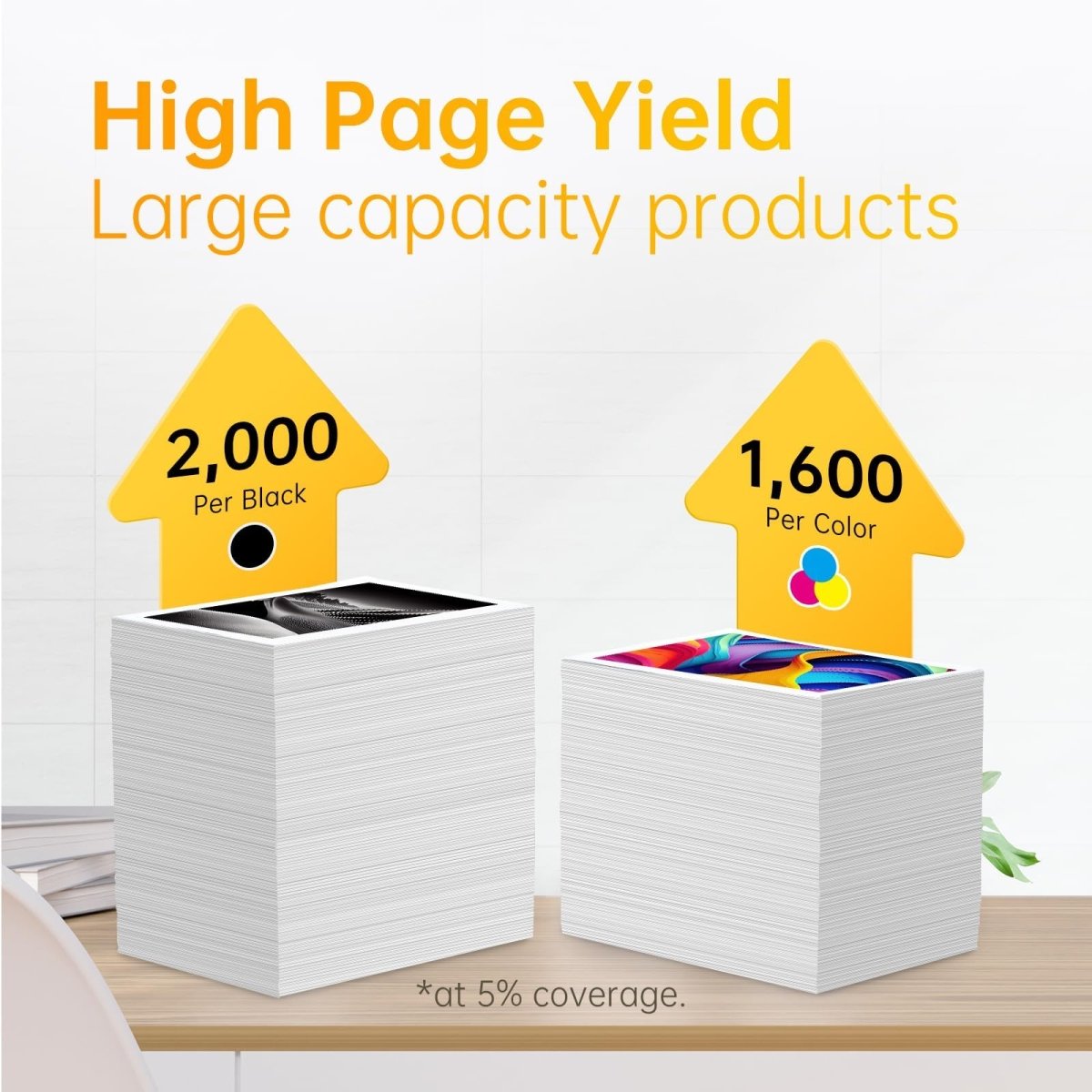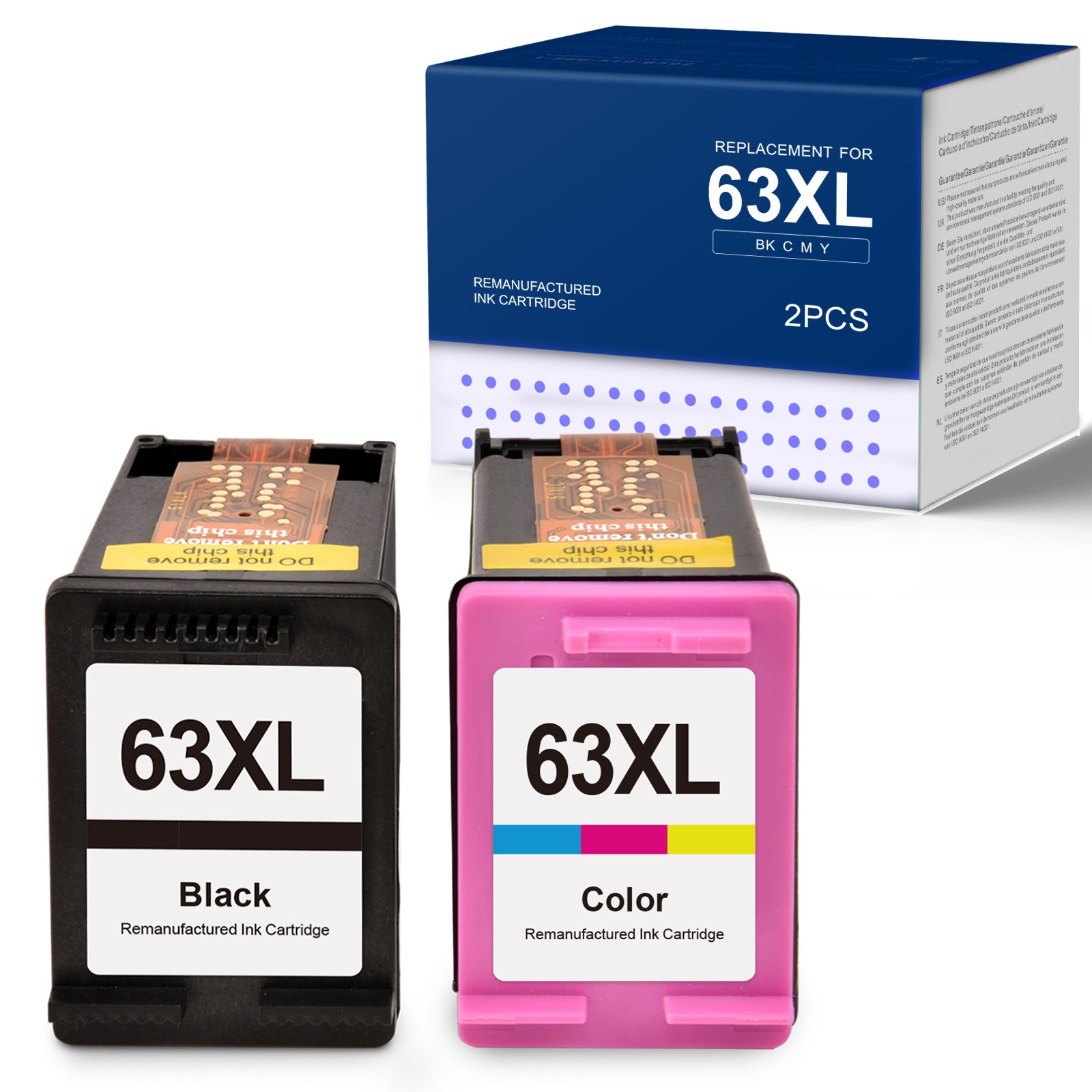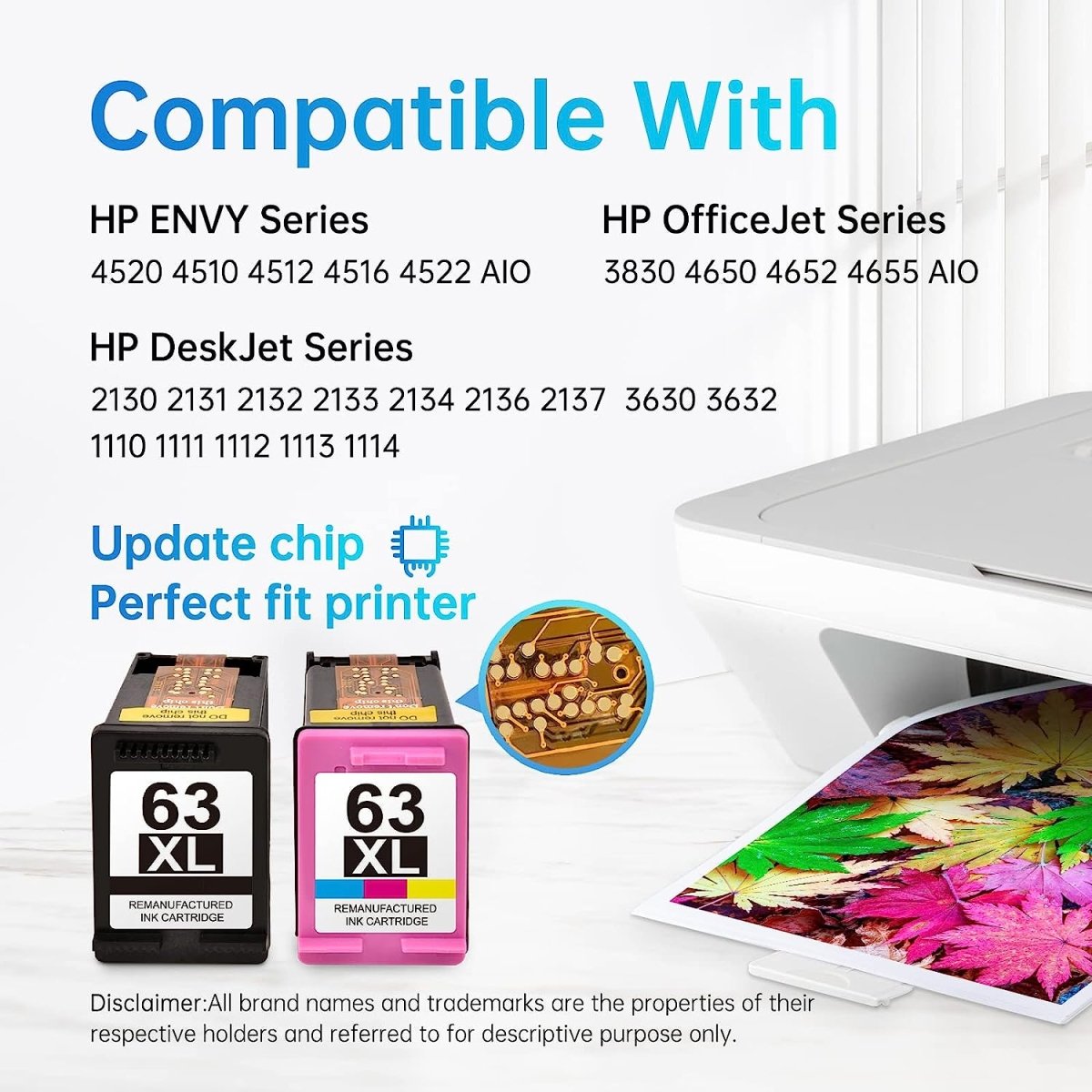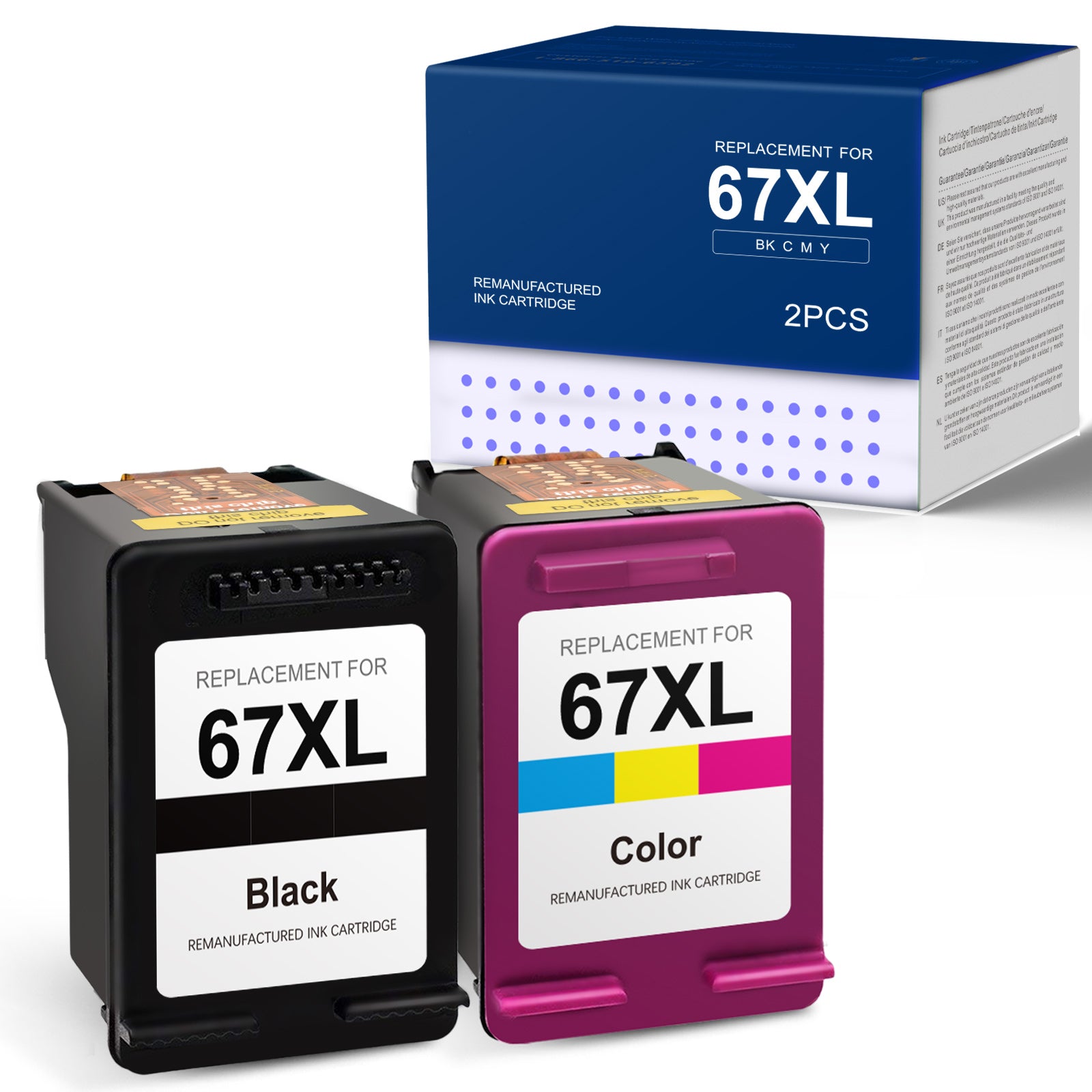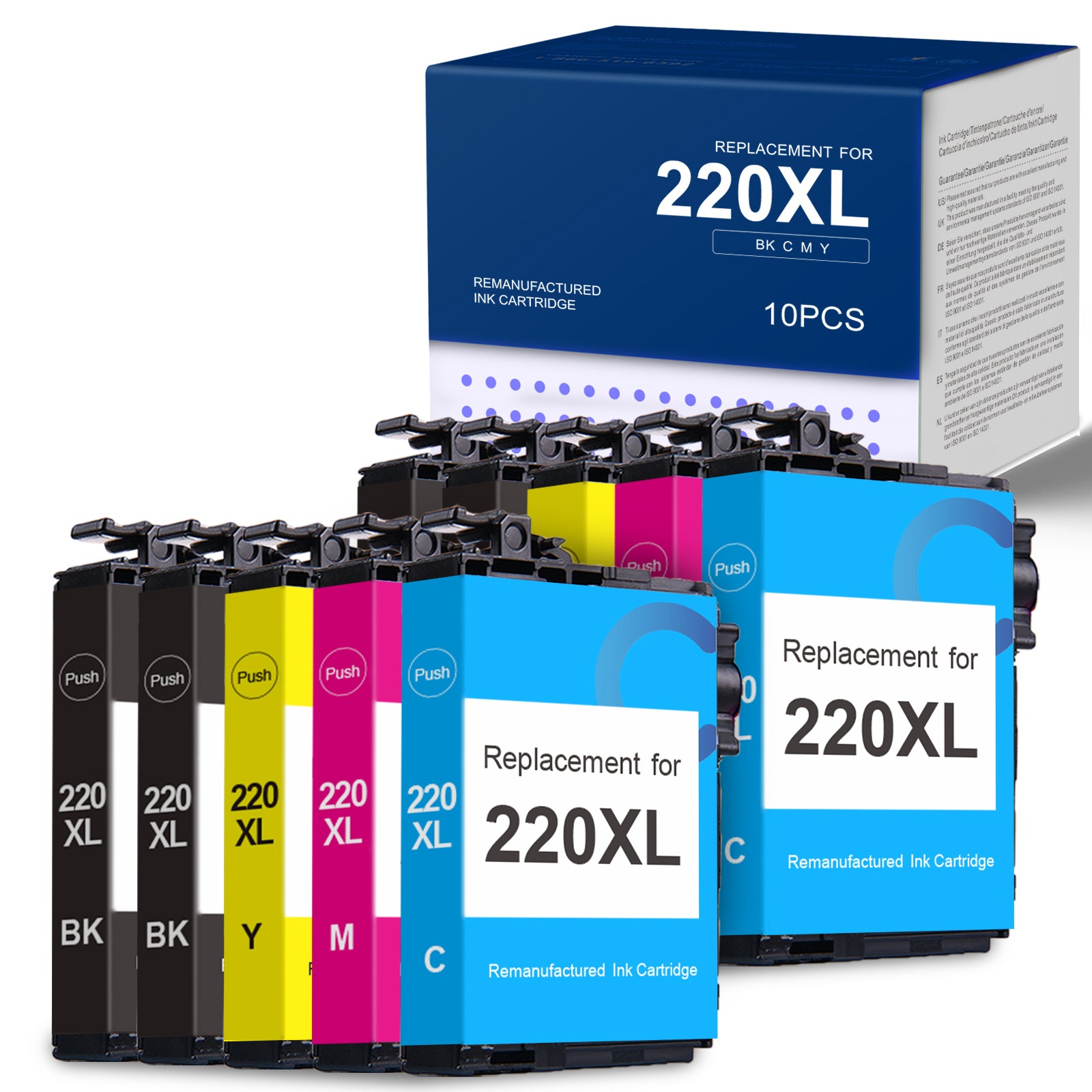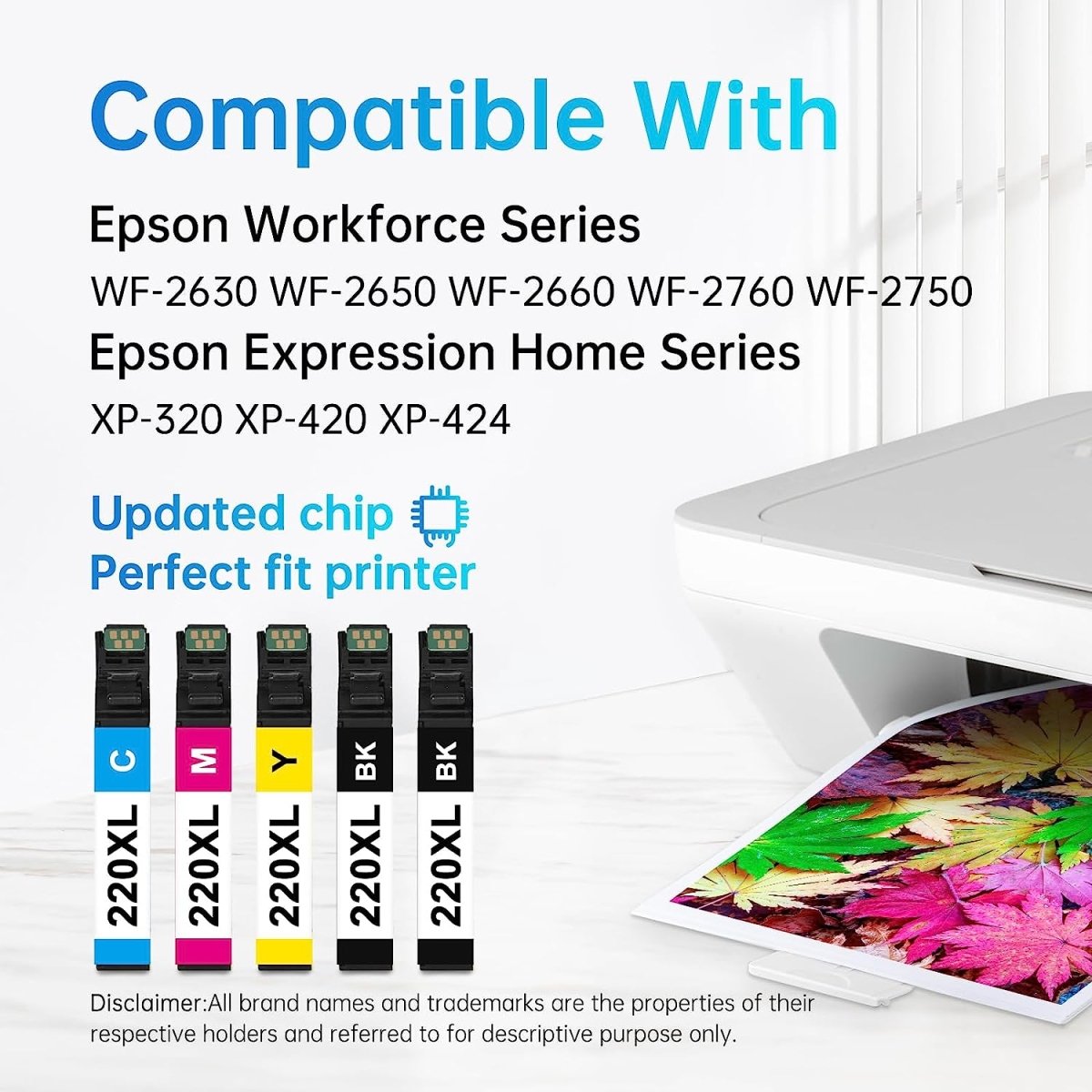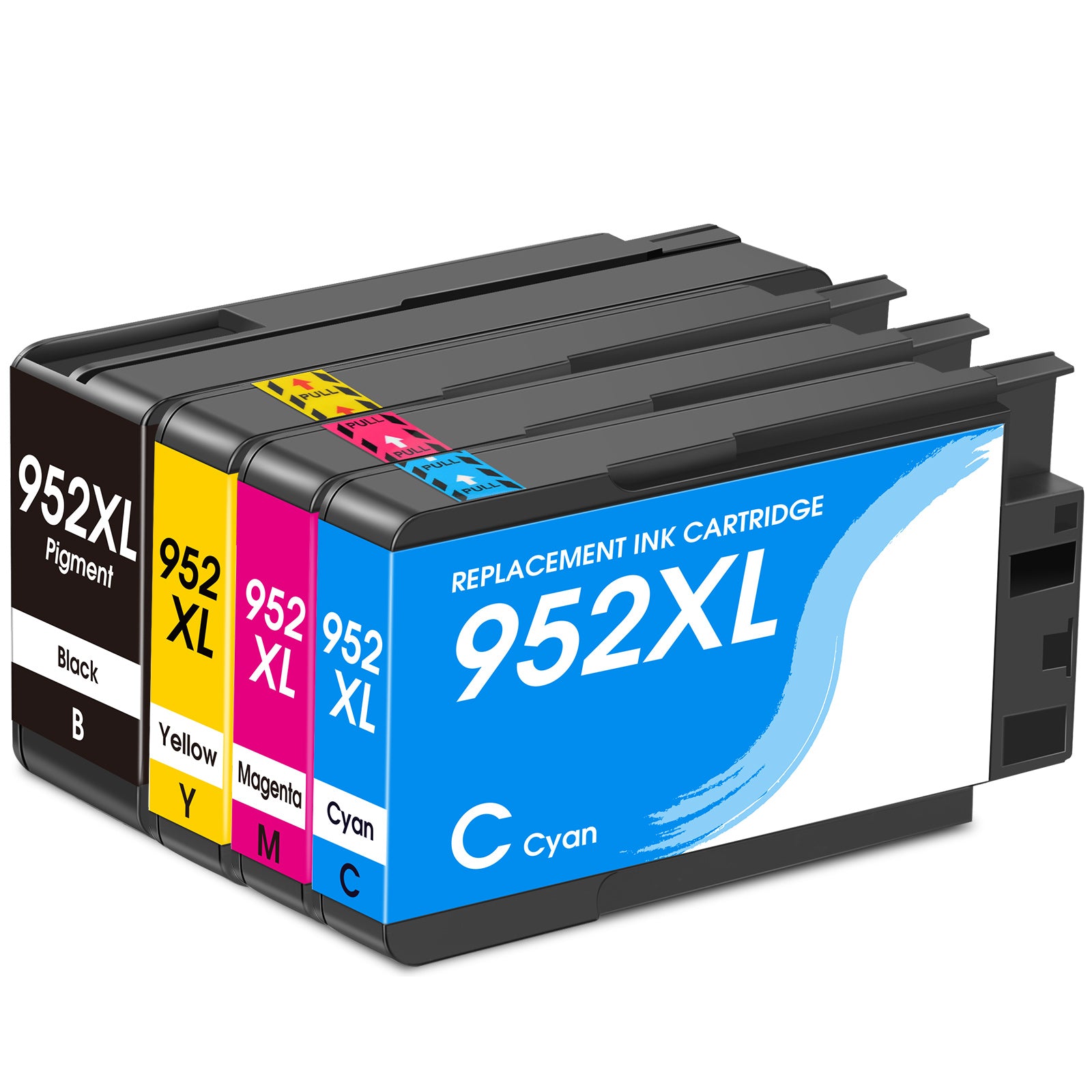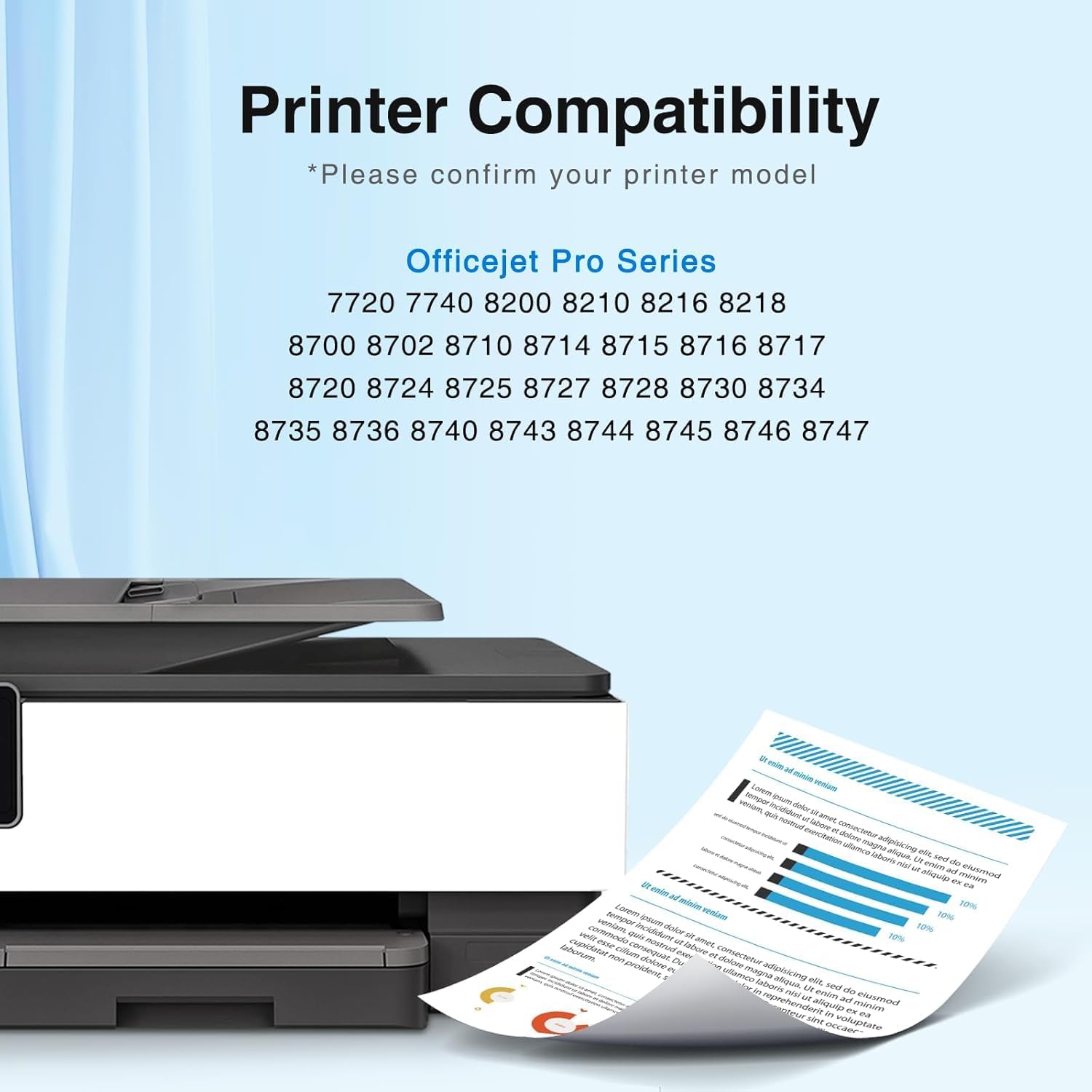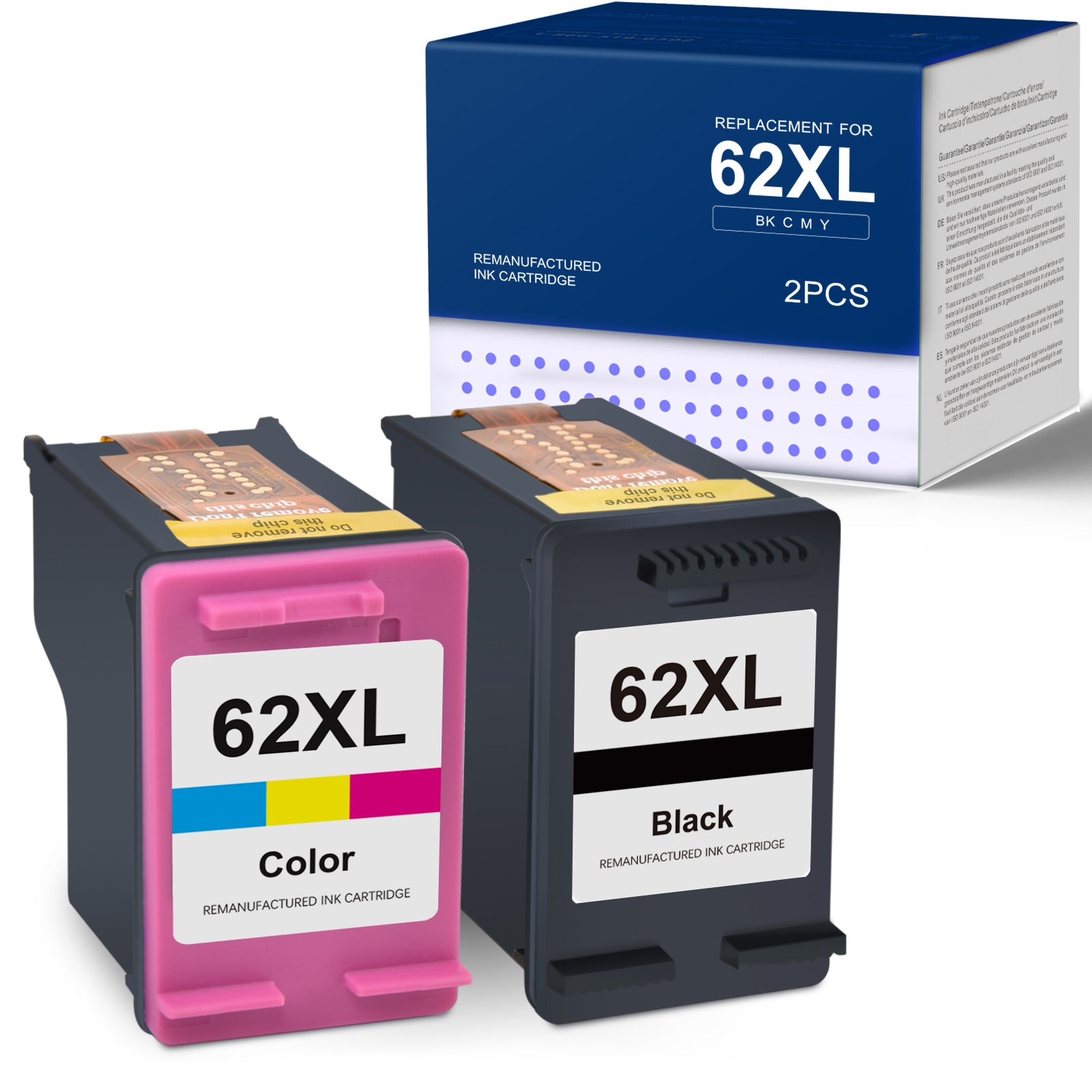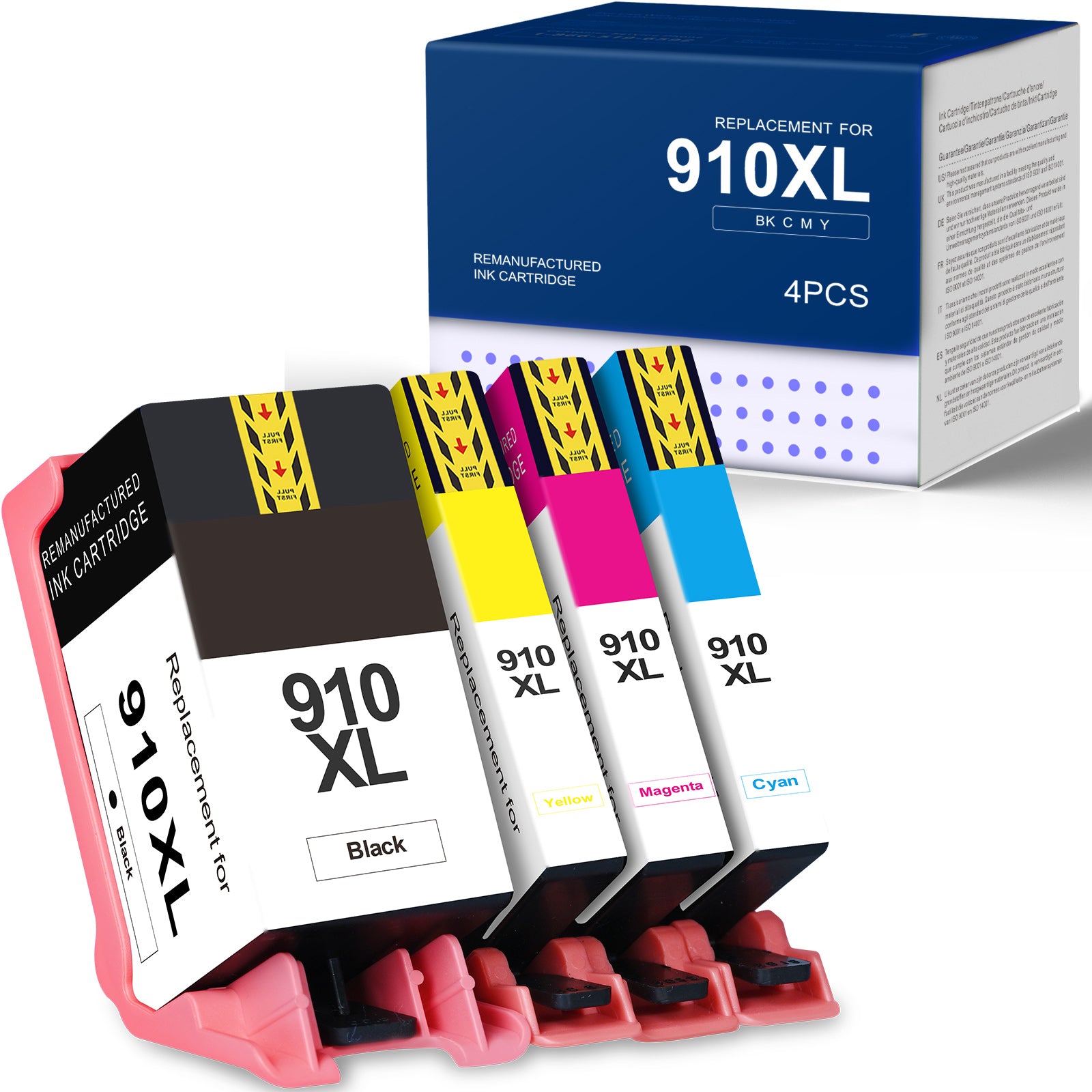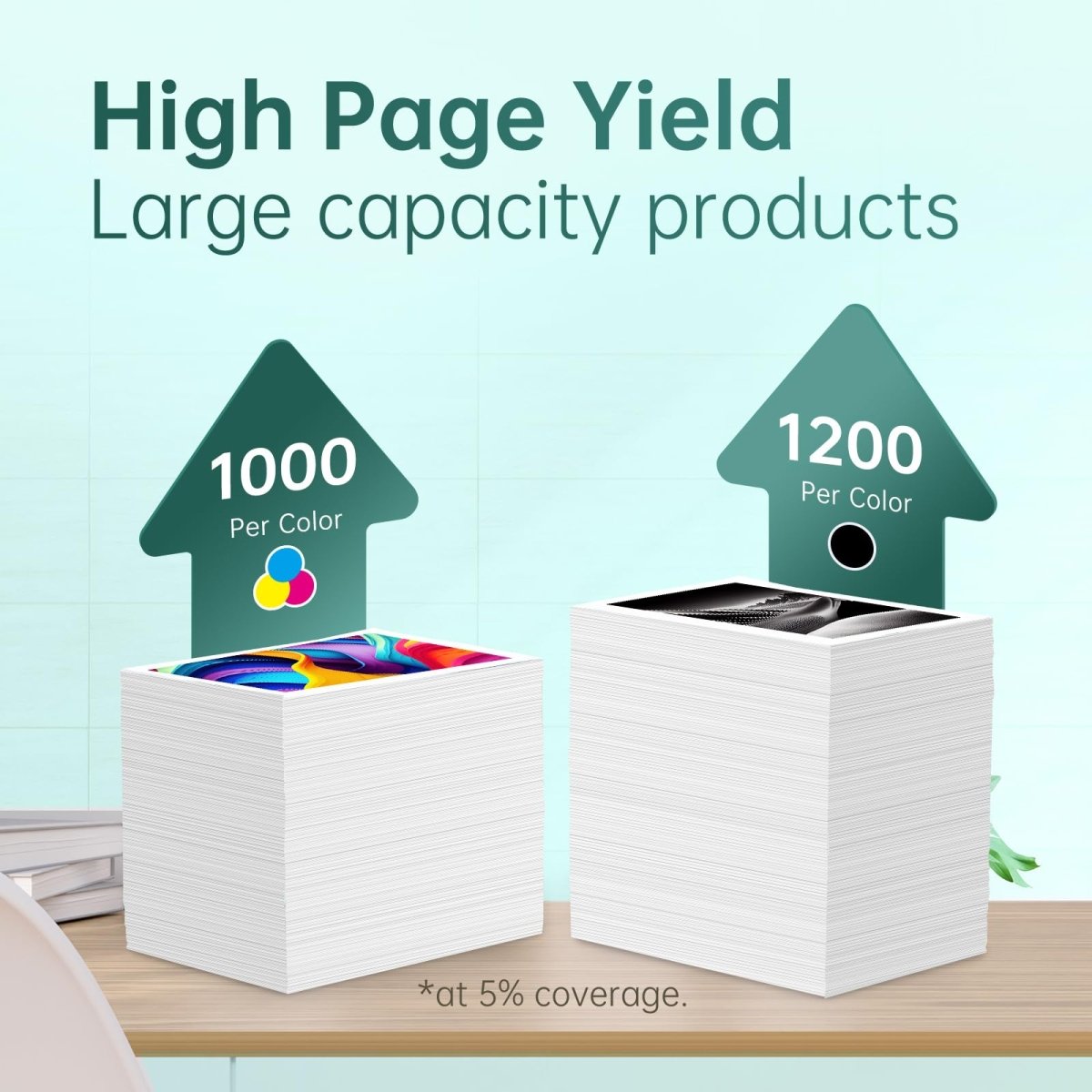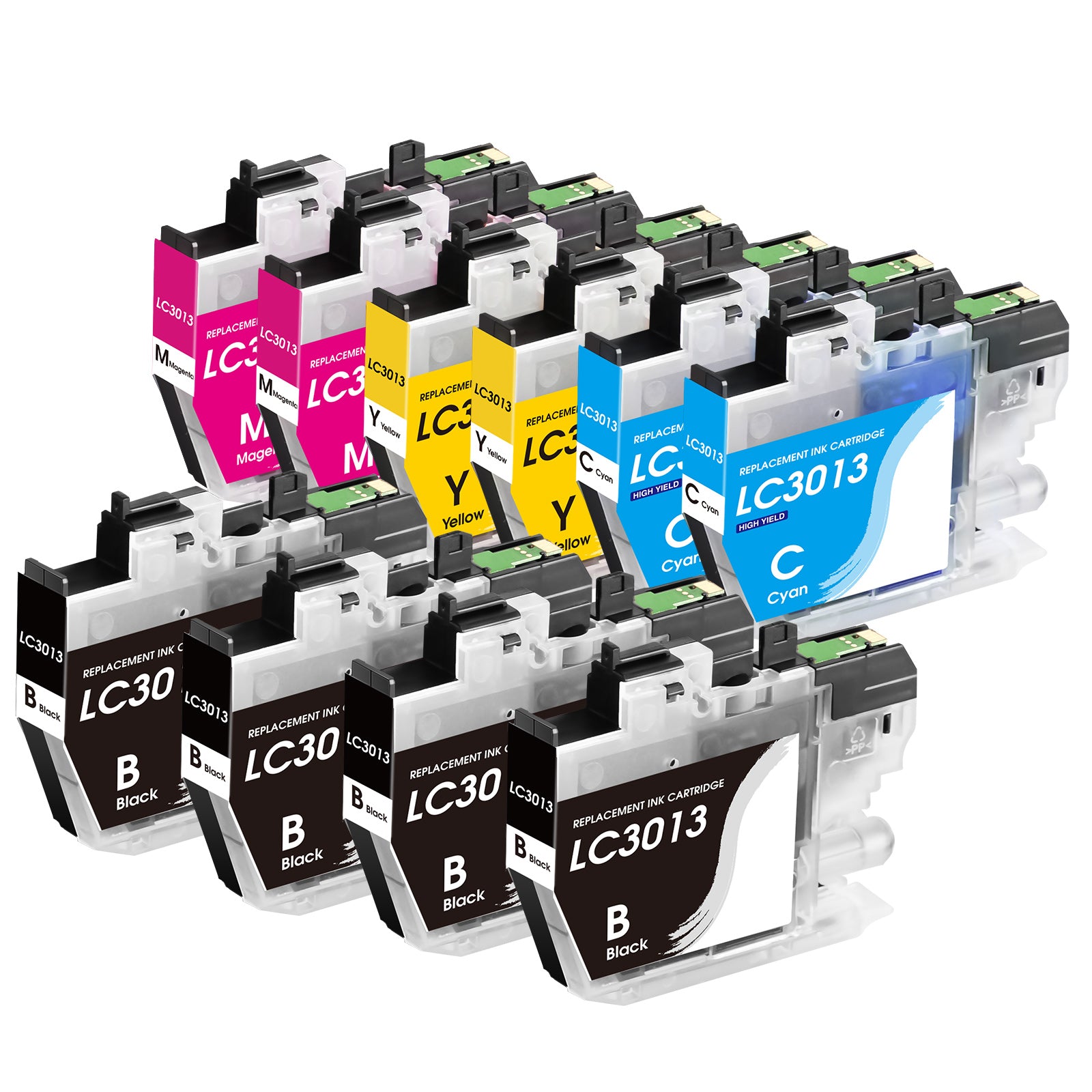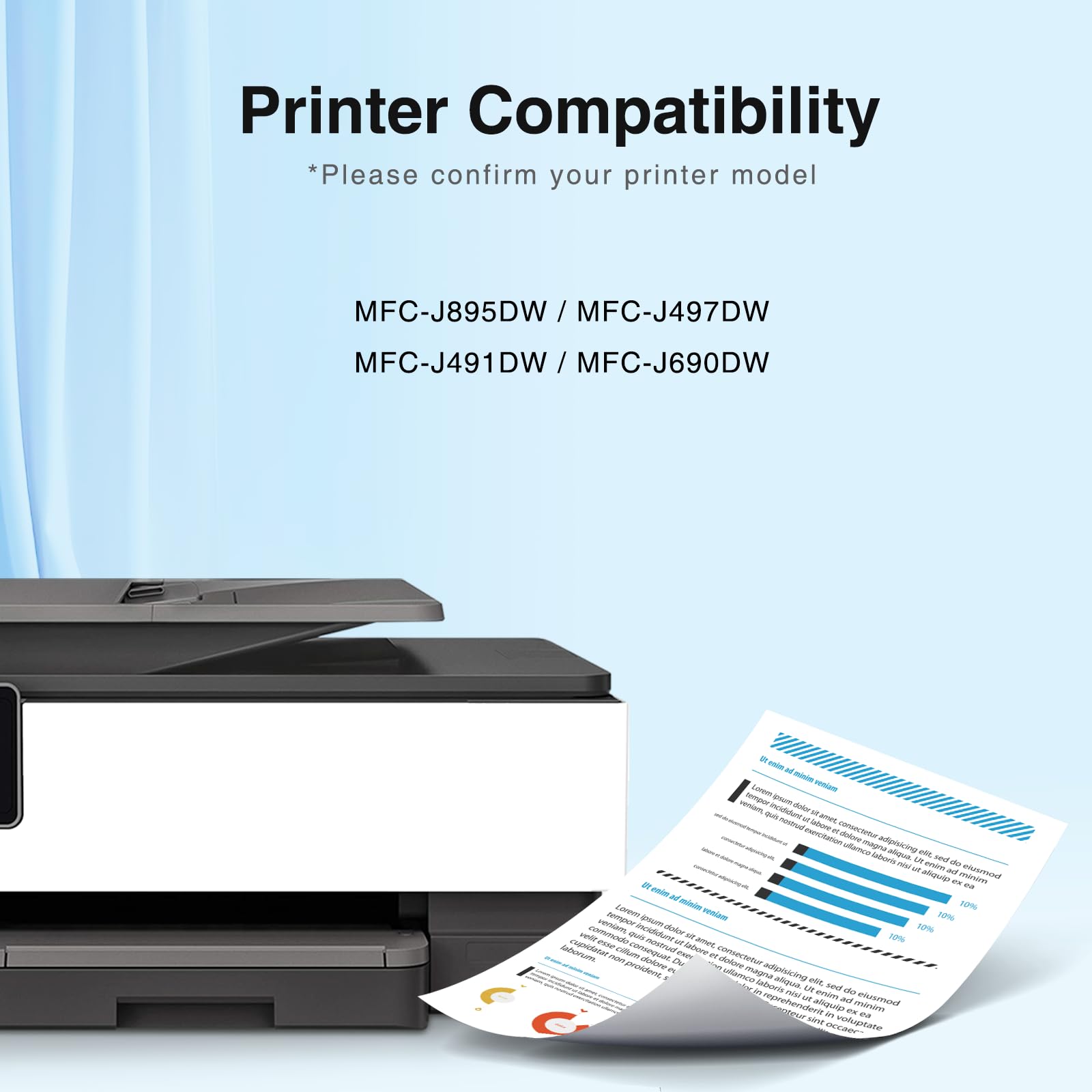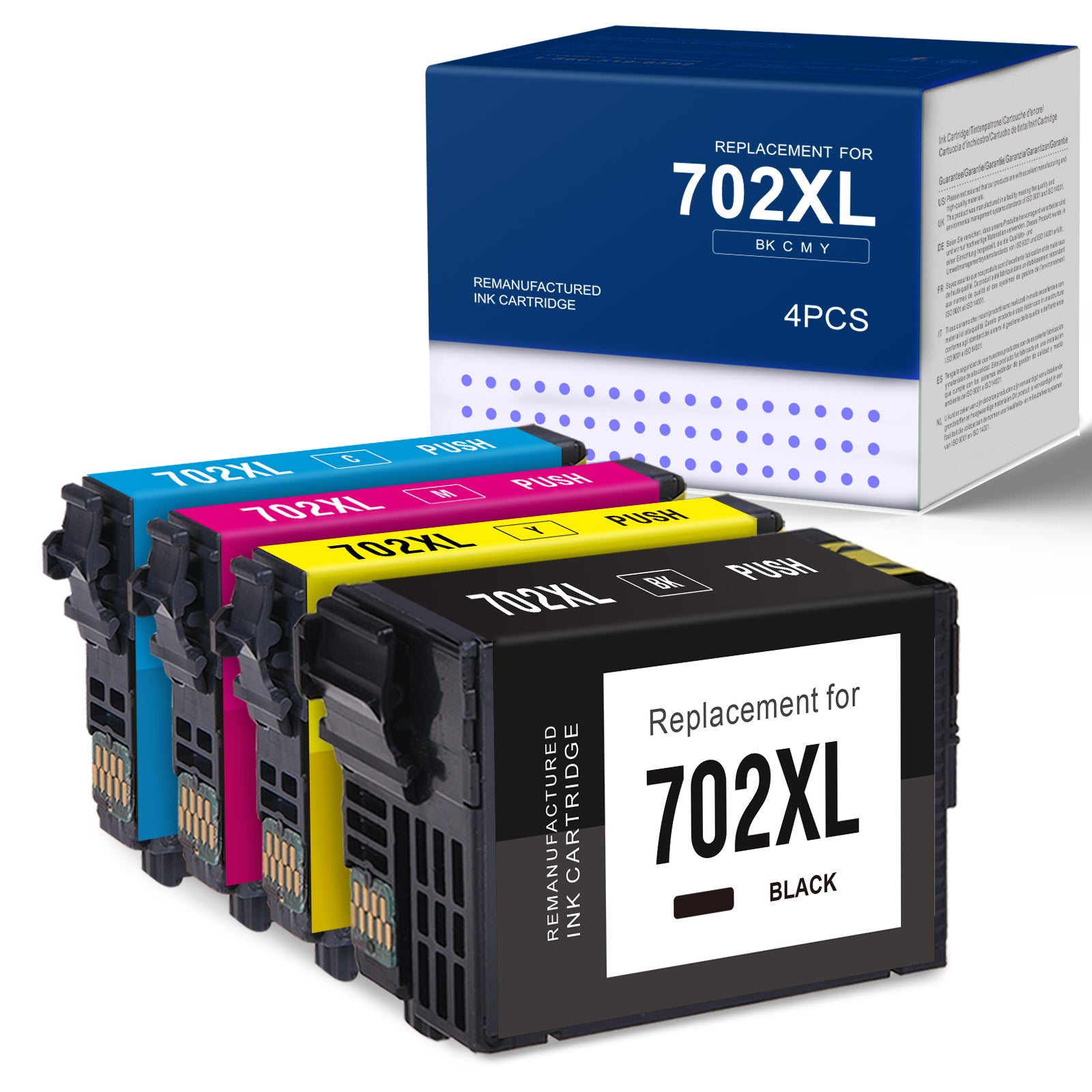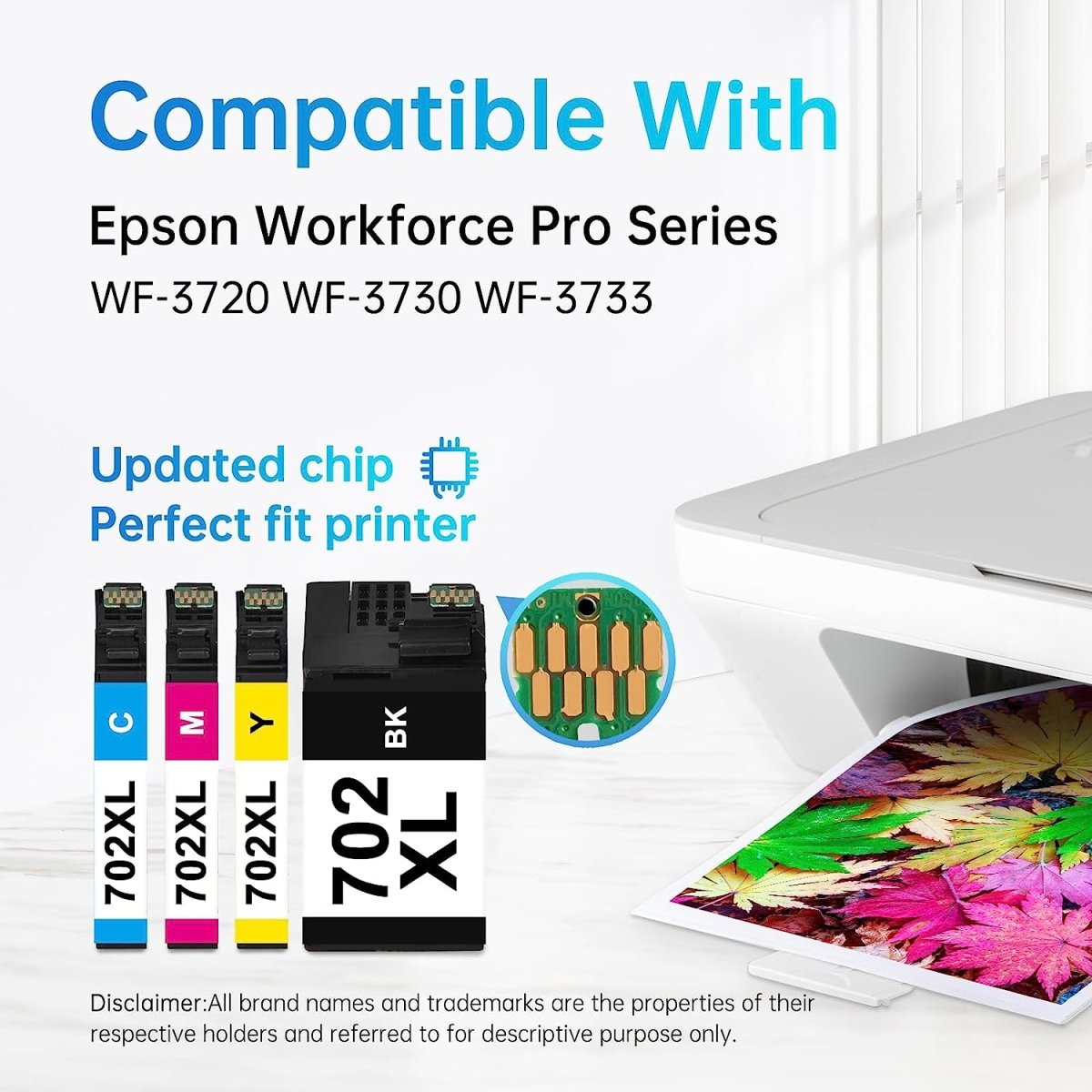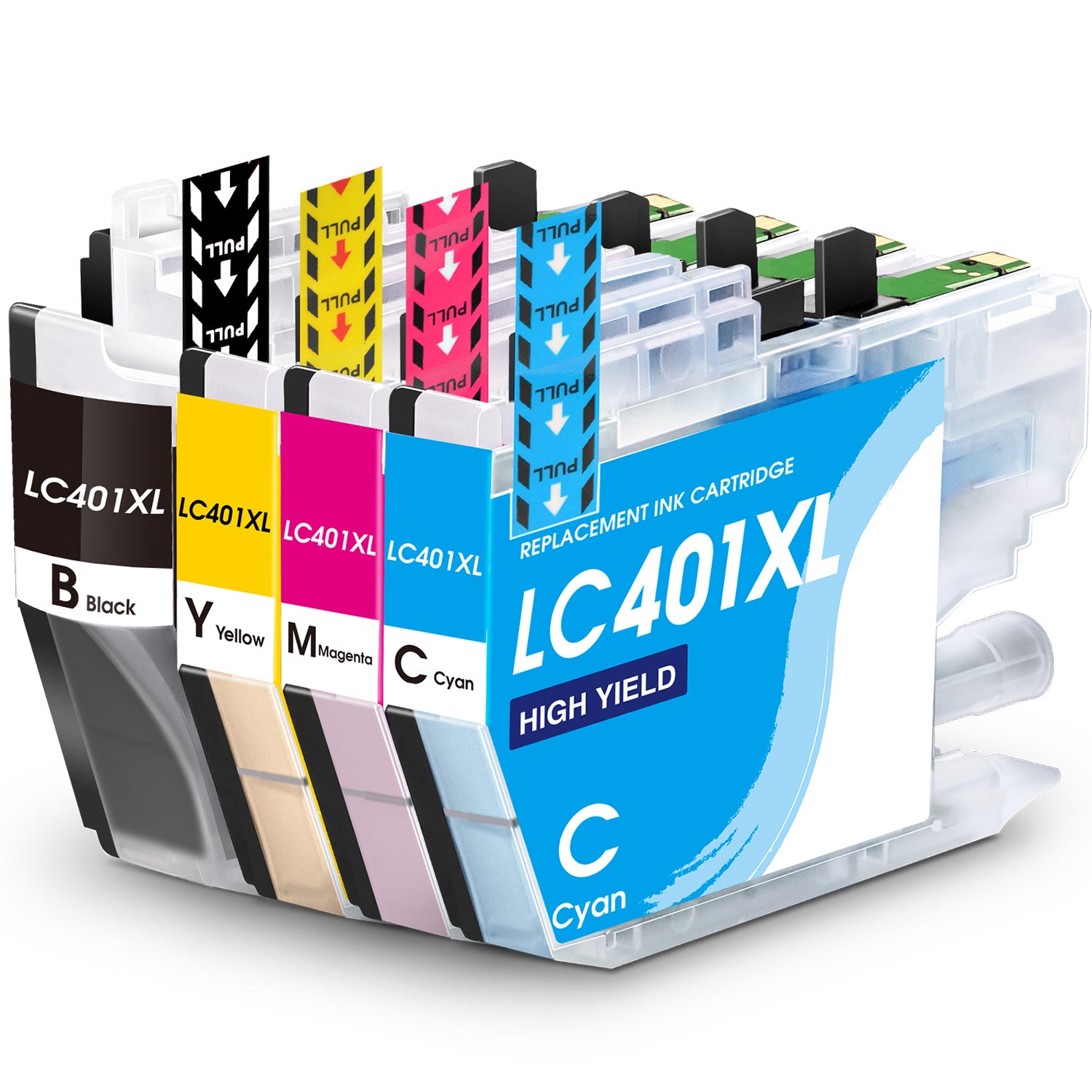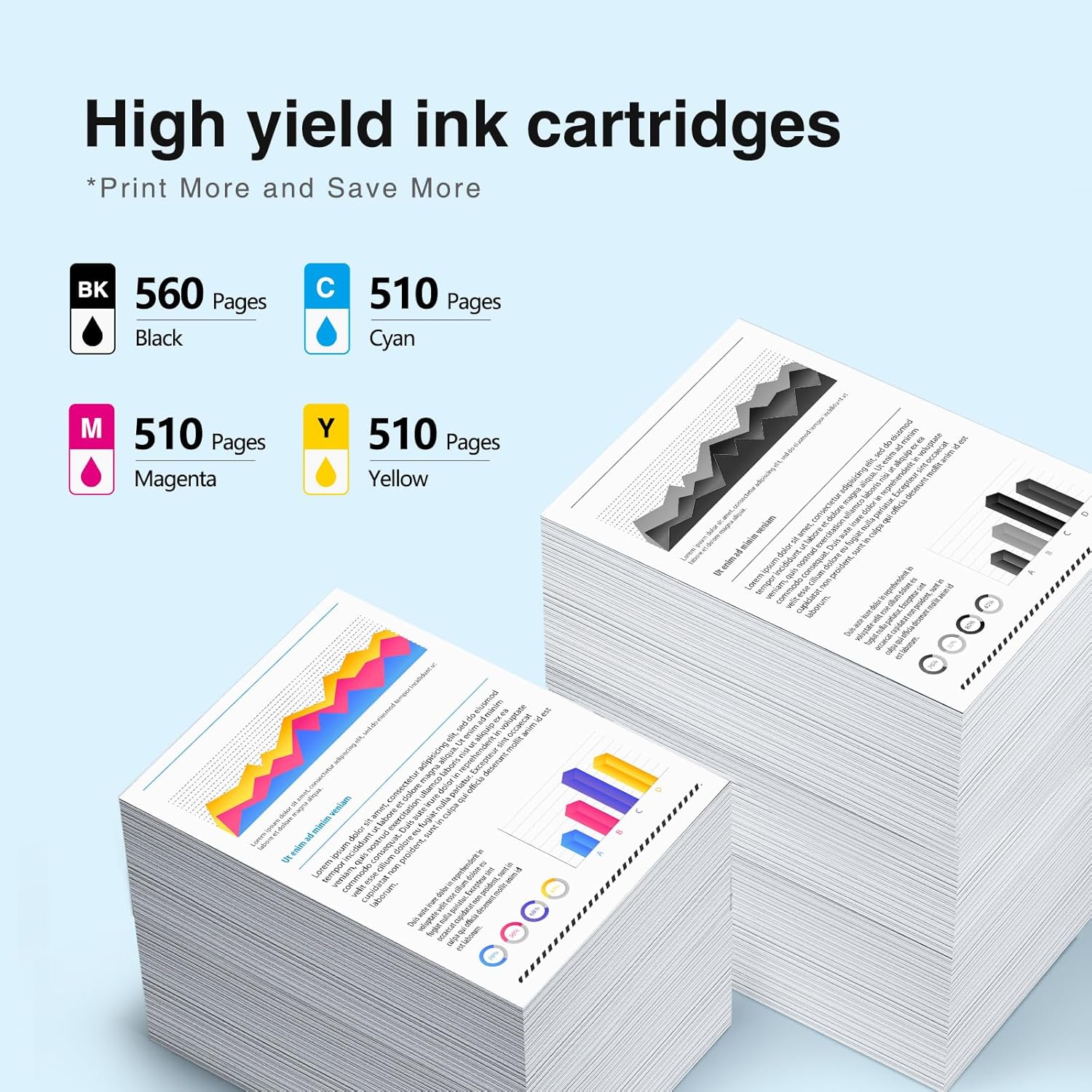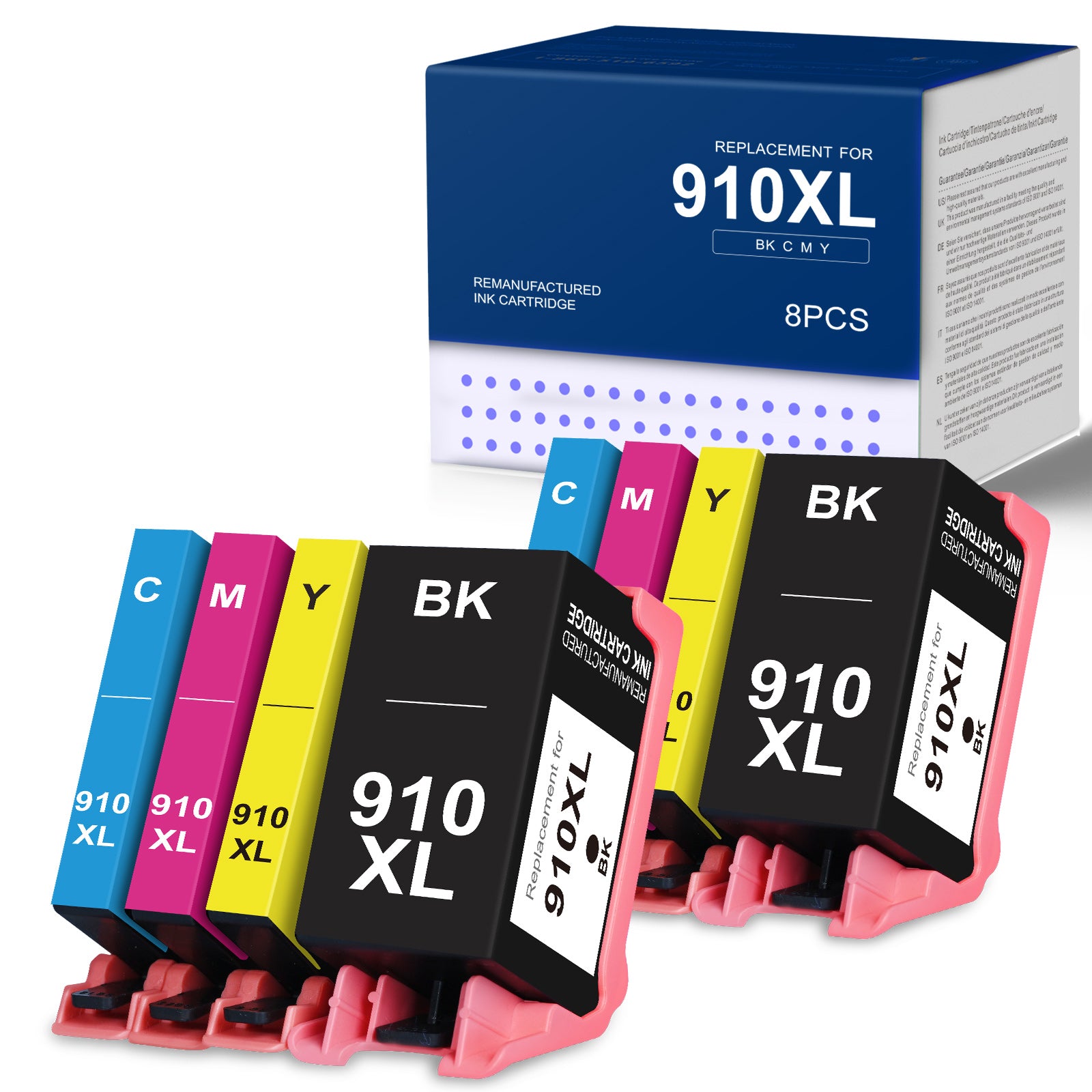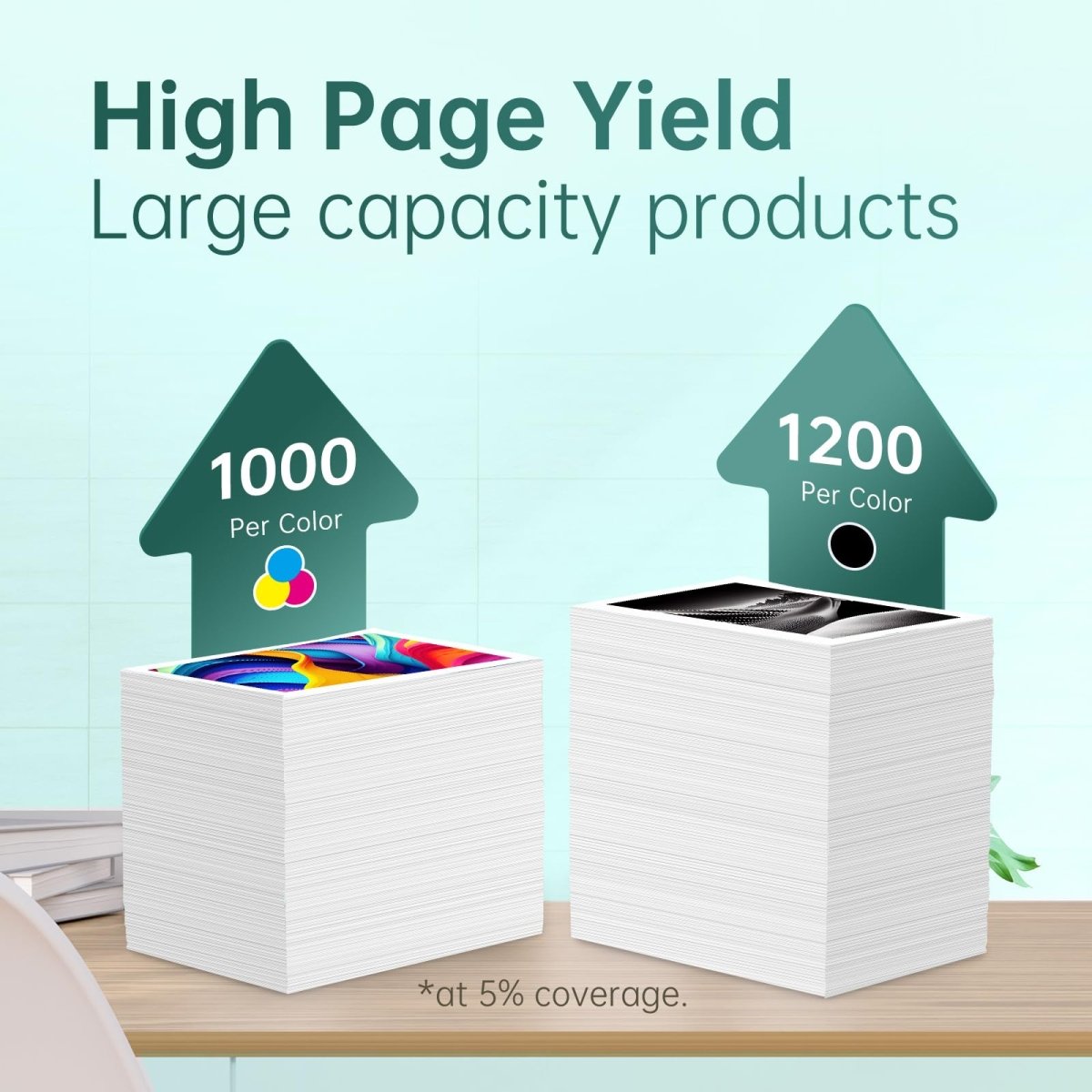Ink vs. Toner
Printers utilize either ink or toner to generate images on paper and other surfaces. The key distinction between ink and toner lies in their compatibility with different printer types. Inkjet printers employ ink, whereas laser printers utilize toner. However, the dissimilarities extend beyond this point.
Printer ink constitutes a colored liquid that is either dyed or pigmented to produce the intended hues on printed materials. The composition of printer ink encompasses elements such as carbon black pigment, a binder, solvent, drying agents, and chelating agents, along with various supplementary additives. Additionally, inks may incorporate opacifiers to confer opacity and extenders, which moderate the ink's vibrancy. A plethora of other ink additives may contribute to factors like durability, bubble control, ink flow improvement, and surface finish. In the case of inkjet printers, the ink droplets are propelled onto the page to formulate the desired visual output.
Toner, on the other hand, assumes the form of powdered pigments that fuse with the paper upon exposure to heat. Toners predominantly consist of polymers and organic compounds that yield the intended outcomes. These toner particles are often crafted from solid materials like finely granulated polyester (a type of plastic), and they might also encompass substances such as polypropylene, fumed silica, and an array of minerals. In a sustainable and eco-conscious vein, certain plant-based toners are also accessible as alternatives to traditional chemical cartridges.
Pros and Cons of Ink
Printer ink often goes unnoticed until the moment you realize it's depleted. This printing resource offers its own set of benefits and drawbacks in comparison to its counterpart, toner. Gaining insight into the advantages and disadvantages of ink versus toner will aid you in determining which printer type, be it inkjet or laser, aligns more effectively with your requirements.
Advantages of Printer Ink
Inkjet printers remain accessible to a diverse spectrum of consumers. Take into account the following advantages of printer ink in comparison to toner.
The initial expenses associated with inkjet printers are lower.
These economically priced printers don't cause significant upfront astonishment, yet the subsequent higher costs of replacing cartridges usually offset this advantage.
Substitute ink cartridges are generally more affordable at the outset.
When the moment arrives to renew the inkjet cartridges in your printer, you might not feel a substantial financial burden. However, it's important to keep in mind that your cartridge might not yield as many prints as a toner cartridge would.
Ink tends to dry rapidly on printed pages, resulting in neater prints.
Pages printed using inkjet printers are less prone to smudging, thanks to the relatively swift drying time of the ink.
Disadvantages of Printer Ink
When comparing toner and printer ink directly, certain distinctions become apparent. Here are the disadvantages associated with using printer ink.
Printer ink has the potential to dry up when left unused.
Allowing your printer to remain idle for extended periods might result in ink drying up and becoming ineffective. To prevent this, it's advisable to use your printer at least once every few weeks.
Additionally, ink cartridges are susceptible to clogging.
This can have consequences for your printer's performance, as the printing heads might need to clear the clogs, leading to a reduction in the number of pages achievable per ink cartridge.
Moreover, ink yields fewer pages compared to toner.
When comparing the quantity of printed pages per unit of toner versus ink, toner consistently offers a higher page yield, making it the more efficient choice.
Pros and Cons of Toner
Numerous processes unfold between the moment you initiate the "print" command and the final printed page emerges from the printer. Laser printer toners present a range of advantages and disadvantages that shape your printing encounter. Here's what you can anticipate.
Advantages of Printer Toner
Printer toner offers many advantages in the home or office setting. Here are the top points to consider.
Toner enables rapid printing.
Laser printers achieve swift printing speeds thanks to the precision of lasers, setting them apart from ink-based printers.
Accurate printing results in top-notch prints.
The output of laser printers boasts exceptional image quality and impeccably defined text, suitable for a wide array of purposes.
Toner remains unaffected by "drying out" as it's inherently dry.
In contrast to printer ink, toner cartridges are immune to drying out as they come in a powder form. Toner maintains its longevity even during infrequent printer use.
Toner facilitates remarkable efficiency and convenience.
Laser printers are frequently preferred in office environments due to their capacity for swift, high-quality, and on-demand printing.
Advantages of Printer Ink
Just like anything else, printer toner has its share of drawbacks as well. Here are the disadvantages associated with printer toner.
Printer toner often entails a higher expense.
Refilling your printer with toner in one go can prove a tad costly. However, toner's extended lifespan, contingent upon your usage, helps to counterbalance this factor.
Laser printers, which rely on toner, come with higher initial costs.
Although this expense tends to even out over the long run, these printers are also bulkier and occupy more space in your office. Additionally, the inclusion of color in laser printers can further contribute to the overall expenditure.
Ink vs Toner: Which Is Right for Your Needs?
Several diverse factors contribute to the determination of whether ink (and inkjet printers) or toner (and laser printers) are more appropriate for your business or home usage. Here are a handful of considerations to remember as you deliberate between the choices of ink versus toner:
-
Cost Evaluation: Assess the initial expenses, ongoing costs, and overall cost-effectiveness of inkjet printers and toner-driven laser printers based on your specific utilization patterns.
-
Printing Volume: Gauge your usual printing volume. Inkjet printers could be suitable for lighter usage, while laser printers might excel in high-volume scenarios.
-
Print Quality: Reflect on the level of print quality required. Laser printers often deliver crisper text and more precise graphics, which can be vital for certain applications.
-
Speed Requirements: Consider the urgency of your printing demands. Laser printers typically offer quicker print speeds, which can be invaluable for time-critical situations.
-
Space and Dimensions: Take into account the available space in your office or home. Laser printers are generally bulkier and might demand more room compared to compact inkjet models.
-
Color Printing: Ponder whether color printing is indispensable for your tasks. Color laser printers might incur higher costs but prove advantageous for producing top-quality color documents.
-
Longevity Factor: Contemplate the lasting power of your prints. Toner often resists fading better over time in comparison to certain inkjet outputs.
-
Maintenance and Care: Factor in the maintenance requirements associated with each printer type. Inkjet printers might entail more frequent cleaning and maintenance.
-
Environmental Impact: Consider the ecological implications of your decision. Some toners and inks are now available in environmentally friendlier alternatives.
-
Specialized Needs: Take into consideration any specific printing requirements you might have, such as compatibility with specialty paper or adherence to particular industry standards.
You are now equipped with the answer to the enduring question: is toner the equivalent of ink? Understanding the distinctions along with the advantages and disadvantages empowers you to make an informed choice about the most suitable ink, toner, and printing resources for your requirements. Regardless of your preference, you can benefit from complimentary shipping and discounted rates on all your printing supplies by enrolling in LINFORD Online Store.

